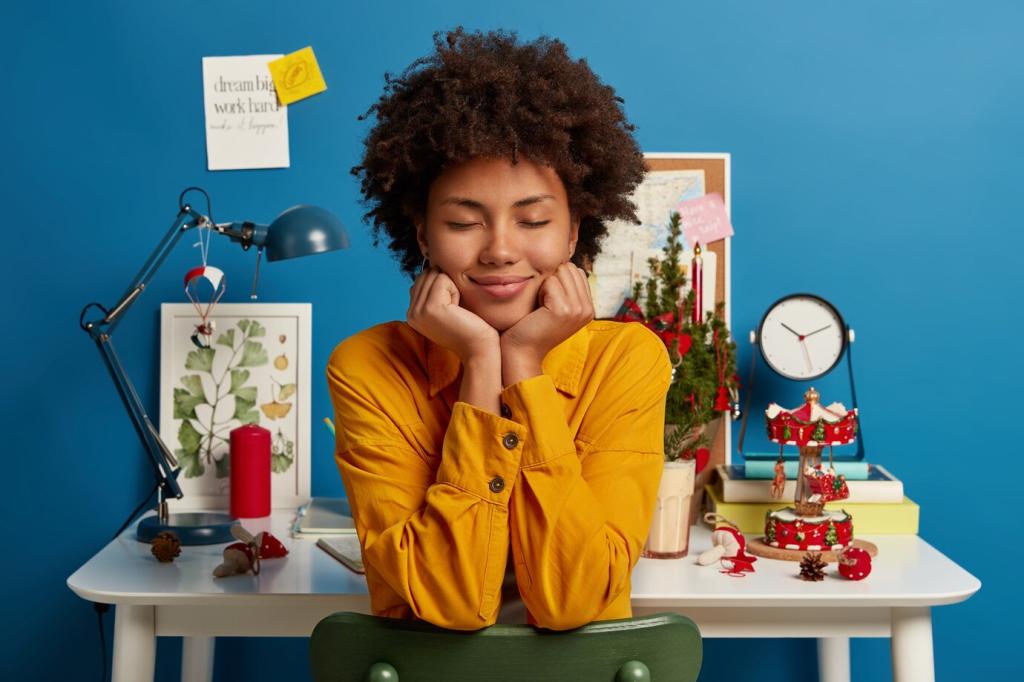
Guided Imagery Practices for Emotional Balance
Chosen theme: Guided Imagery Practices for Emotional Balance. Welcome to a gentle space where your imagination becomes a compass for calm. Today we explore vivid, sensory-rich visualization techniques that help steady emotions, soften stress, and restore inner steadiness. Read on, try the practices, and share how guided imagery supports your emotional balance.
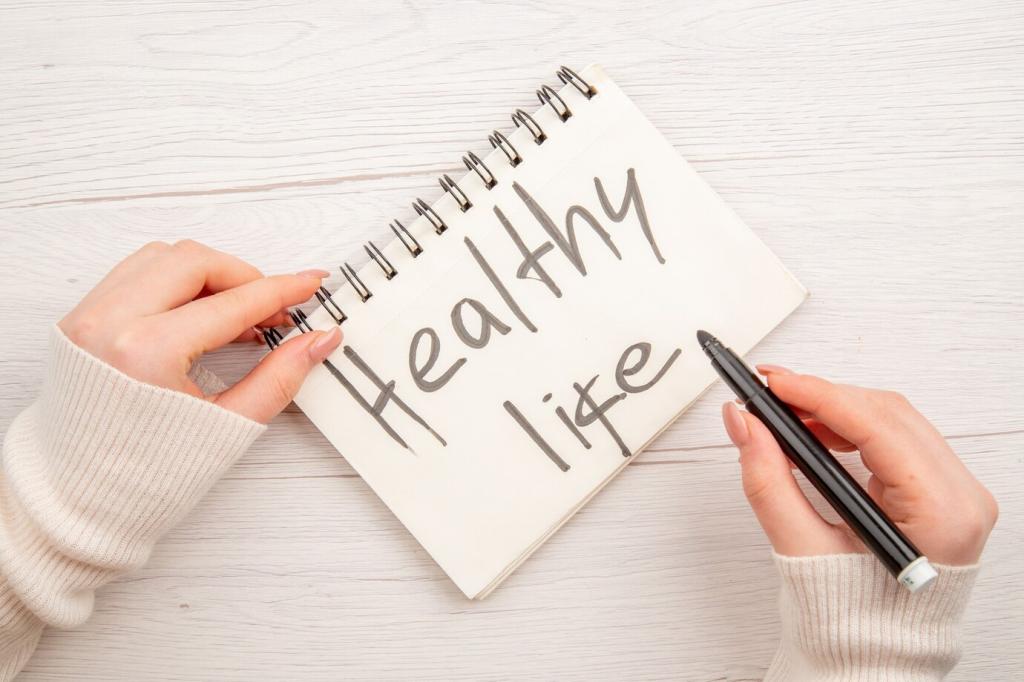
How Imagery Communicates Safety
When you picture a peaceful shore, a forest path, or a warm sunlit room, your brain often responds as if you are there. Sensory details signal safety, which can steady breathing, release muscle tension, and invite emotional balance.
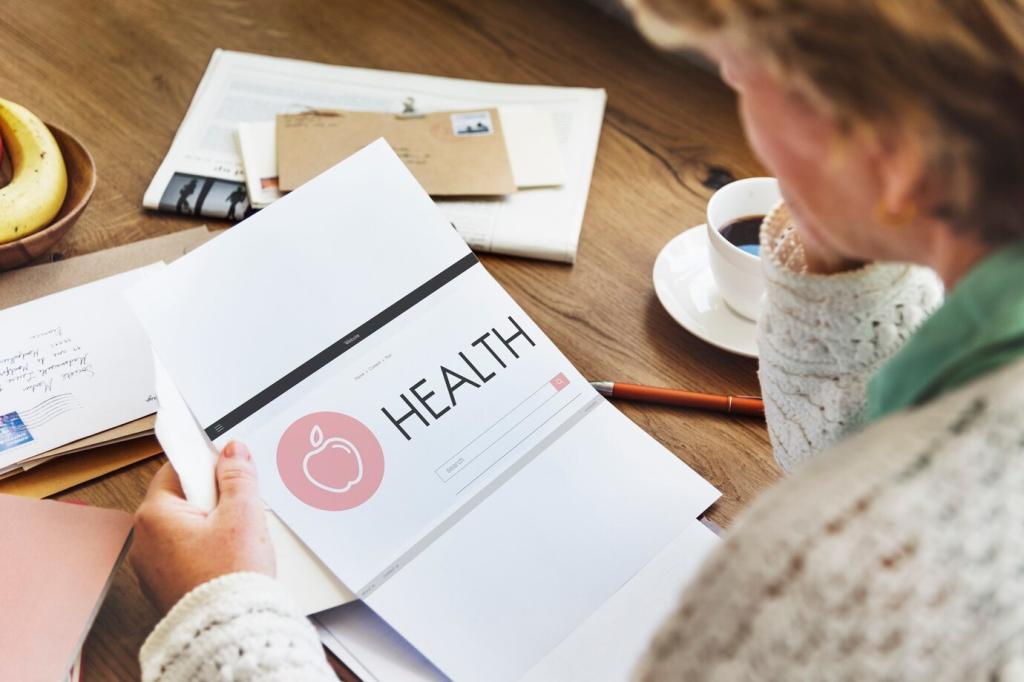
Evidence You Can Feel
Mind-body research has long noted that imagery can reduce stress, ease anxiety, and improve mood. Many people report better sleep, gentler heart rates, and a quicker recovery from emotional spikes after regular guided imagery practice.
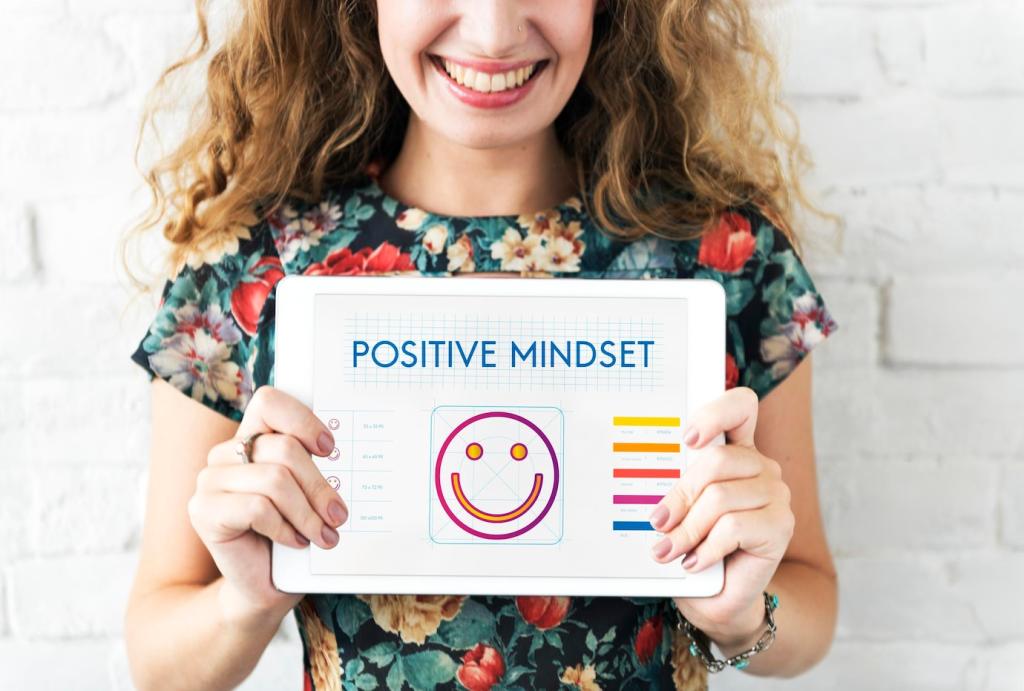
Join the Conversation
Which images calm your system most: water, mountains, or cozy indoor spaces? Share your favorite scene in the comments and subscribe for weekly prompts to keep your practice fresh and emotionally supportive.
Create Your Inner Safe Place
Pick a setting where you instinctively exhale: a pine-scented trail, a sunlit balcony, or a quiet library. Let the light, temperature, and sounds feel welcoming so your emotions naturally settle.
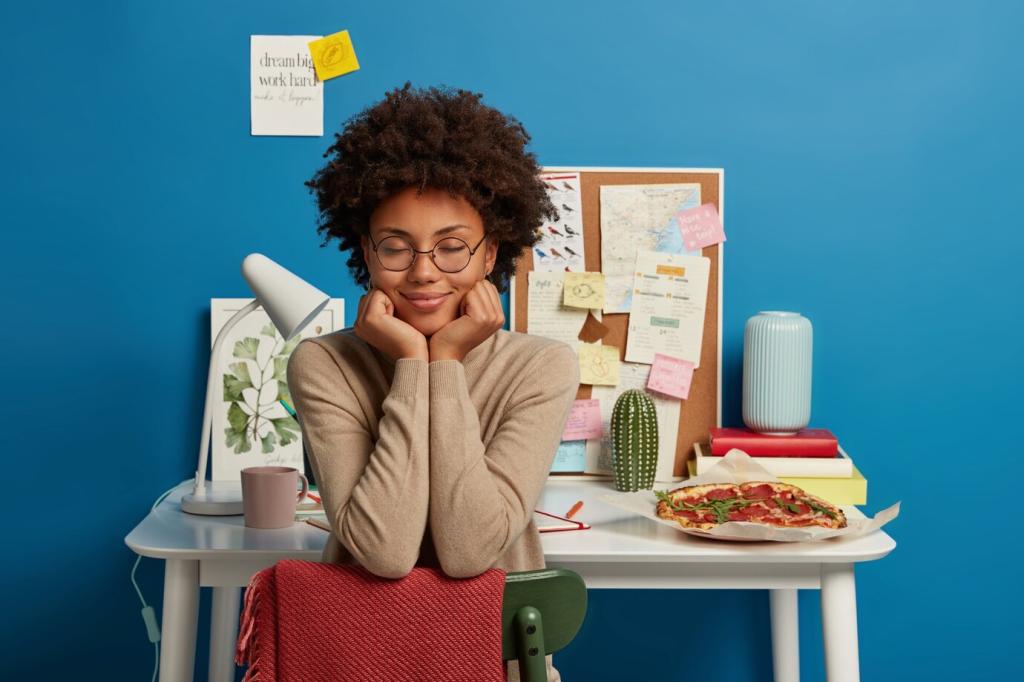
Create Your Inner Safe Place
Imagine textures underfoot, gentle breezes on skin, distant bird calls, and a comforting aroma. These layers anchor attention and give your emotional system plenty of cues that it is safe to soften and rest.


A Five-Minute Guided Imagery Practice for Emotional Balance
Sit comfortably, let shoulders drop, and lengthen your exhale slightly. Imagine a gentle weight on your lap that says, “You are supported.” With each breath, allow your belly to soften and your jaw to unclench.
A Five-Minute Guided Imagery Practice for Emotional Balance
Choose a color that means balance to you—sea-glass green, warm amber, or sky blue. See it arrive like a mist, filling your chest, widening your ribs, and bathing your thoughts in quiet, compassionate light.
Stories From Real Life: Imagery That Made a Difference
Maya’s Commute Reset
Stuck in traffic and spiraling, Maya pictured stepping stones over a quiet stream. She paired each imagined step with a slow exhale, and by the fifth stone, her shoulders softened and her patience returned.
Luis and the Gentle Harbor
After a tough performance review, Luis imagined guiding his small boat into a protected harbor. The image helped him separate identity from feedback, and later he wrote calmer, clearer action steps.
Your Story Belongs Here
What image helped you through a hard day? Tell us below so others can learn from your experience. Subscribe for monthly story roundups focused on overcoming stress with compassionate imagination.
Guided Imagery for Specific Emotions
For Anxiety: Slow Paths and Predictable Horizons
Imagine walking a gentle path with clear waypoints—a gate, a bench, a willow tree. Each marker signals progress and safety, teaching your nervous system that the future can unfold at a manageable pace.
For Anger: Cooling Water and Spacious Skies
Visualize cool water moving around heated rocks, steam lifting into a wide blue sky. Let the scene carry intensity upward and out, while your body remembers that movement can transform rather than explode.
For Sadness: Warm Light and Steady Companions
Picture a room of soft lamps and trusted friends sitting nearby, wordless but present. The image normalizes heaviness, offering warmth and holding so your sadness can breathe without overwhelming you.
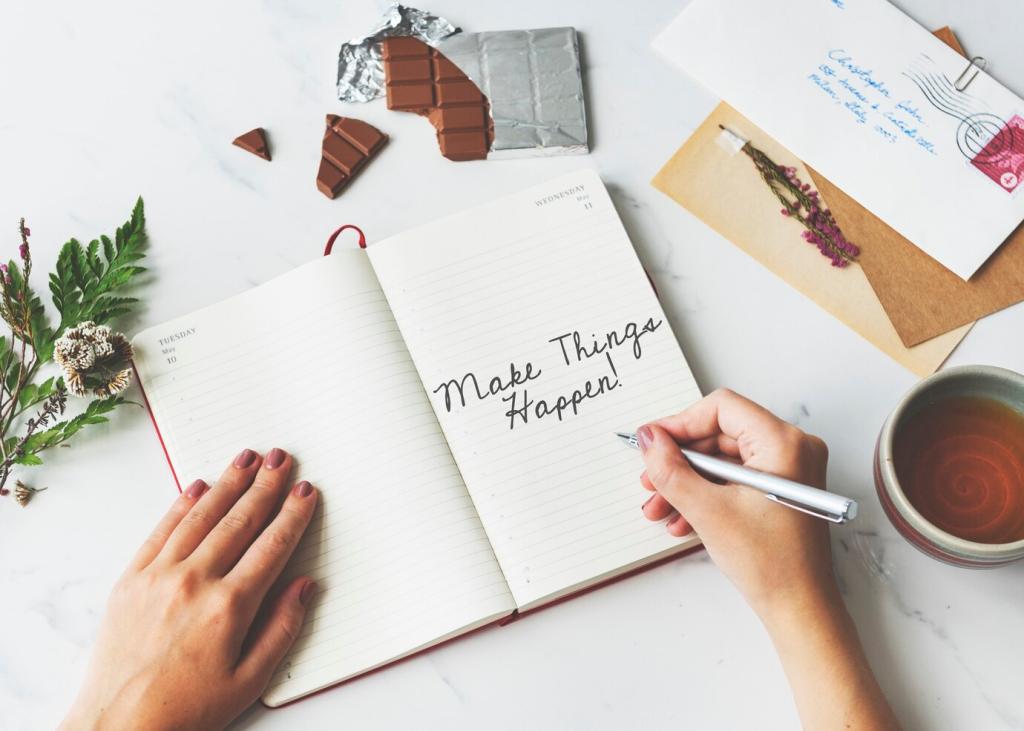
Why Guided Imagery Works: Simple Science
Calm imagery can tilt the autonomic nervous system toward rest-and-digest. When your brain perceives safety, heart rate variability often improves, breathing deepens, and emotions have space to organize.
Why Guided Imagery Works: Simple Science
Repeated visualization trains attention and builds pathways for balanced responses. Like athletes mentally rehearsing a routine, you can rehearse calm, making emotionally steady choices more available under pressure.
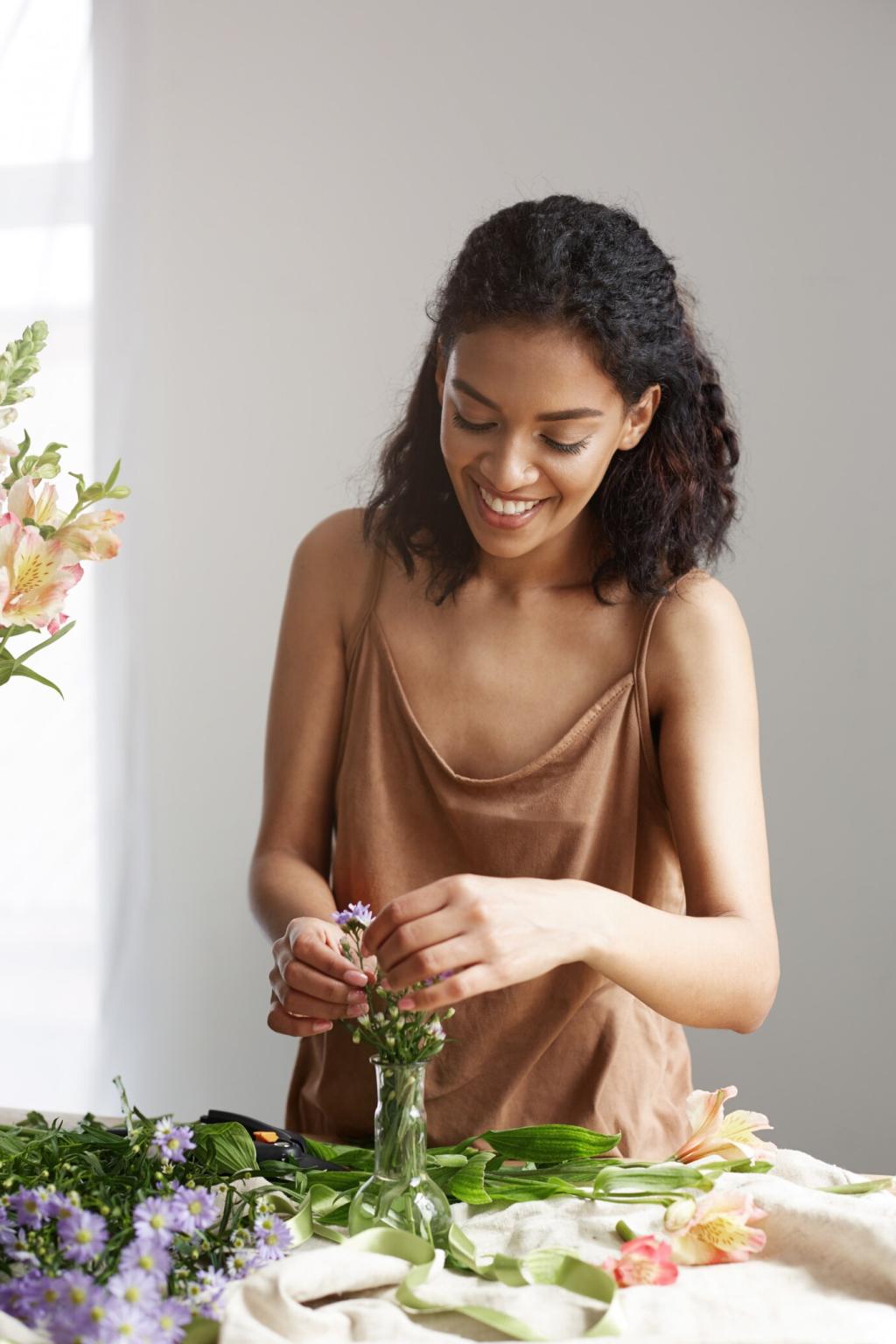
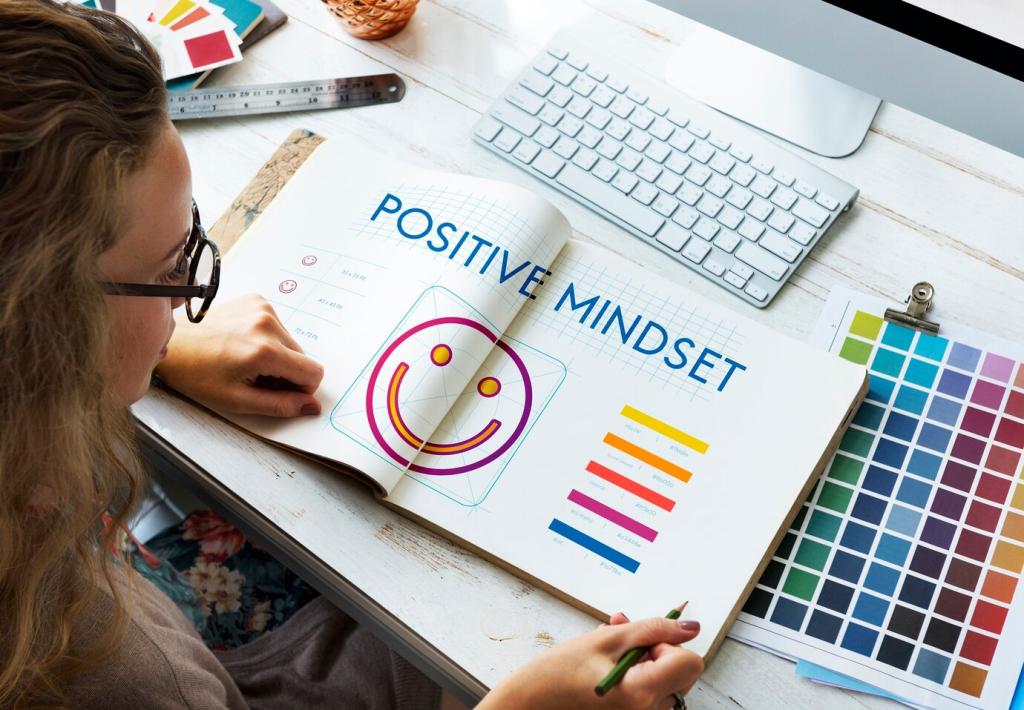
Build a Sustainable Guided Imagery Habit
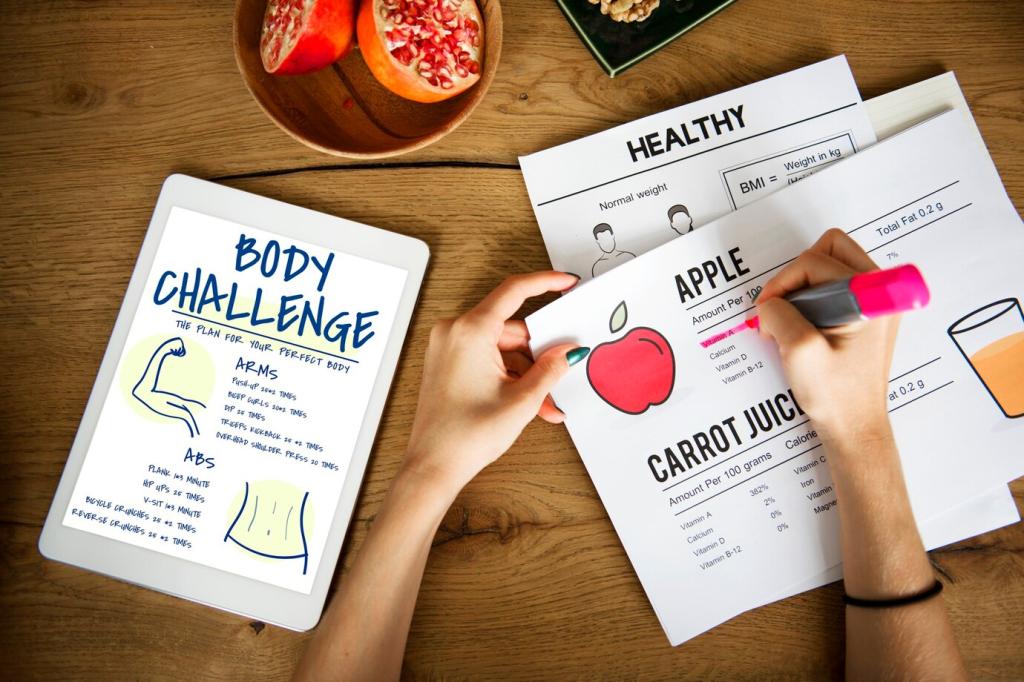
Attach a two-minute imagery practice to coffee, lunch, or bedtime. Tiny, regular cues reduce resistance and make emotional balance an expected part of your day rather than an aspirational add-on.
